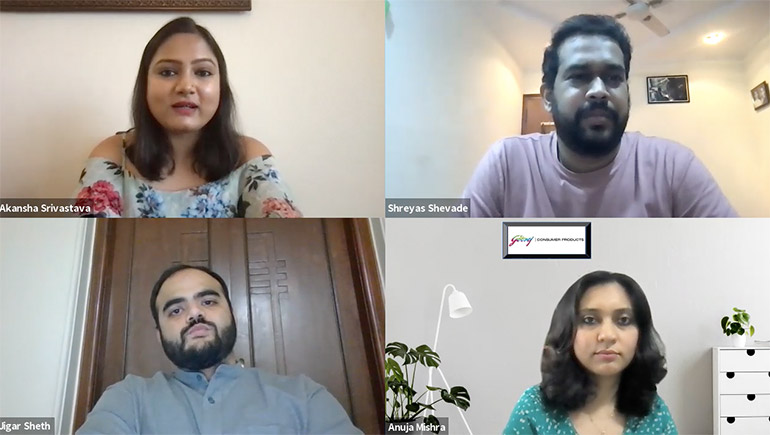
We may call it FOMO or a ‘must-have in the marketing playbook’, but almost every brand is making the most of the special occasions and festivals to engage with consumers through content.
Brands put in so much hard work, money, planning and time behind creating such content. Which marketer wouldn’t want to come up with highly effective content initiatives during these occasions close to the hearts of consumers? But with so much content cluttering the TV, laptop and mobile screens, it isn’t easy for them to leave a lasting impression in the minds of consumers.
In the fifth episode of Content Conversations, BuzzInContent caught up with Shreyas Shevade, Head of Creative and Content Marketing, upGrad, Anuja Mishra, Head of Marketing for Personal Care and Hygiene, Godrej Consumer Products and Jigar Sheth, Senior VP and Head of Sales and Brand Solutions, OML, to decipher the ‘Winning formula for creating effective content around festivals and special occasions’. The topic is even all the more important with the festival season just around the corner.
Most marketers say content should be unique, relatable and relevant to break the clutter. But what is exactly relatable, relevant and unique content?
Sheth said sometimes, brands try too hard to make clutter-breaking content and end up not concentrating on content that is share-worthy. He said at OML, creators keep a checklist of things that make content shareable. “Is the content sharing an opinion, gives you nostalgia, is it emotional, does it make the content creator look smart? The more such boxes you tick, the more likely a piece of content will be shared.”
He said, “If one truly wants to create an iconic piece of content on special occasions, make something that is worthy of being shared every year when that occasion comes. The content piece needs to be timeless.”
Sheth said it is not necessary to create content on all occasions. “It is okay to just be basic and not always think of being clutter-breaking.”
We don’t see many brands repurposing old content created for some occasion and using it again some other time. Even if they do, it isn’t that impactful or they have a fear of being called out for using old stuff.
Talking about how brands should overcome this dilemma of repurposing content during special events, Shevade said, “Repurposing doesn’t mean using the exact same content piece every year. Let other platforms and media do that for you. As a brand, we must try creating fresh content every year but it doesn’t mean creating content for all occasions.”
He said content should definitely be repurposed. “For example, one can use an iconic moment of their three-minute video content to create a 30-second film with a product window slacked on top, which wasn’t a part of the three-minute video content last year. One can create memes using specific moments from previous content pieces. One can literally break down content into one-seconders or even static. One can repurpose the thought of a video particular into an emailer and use it in your mid-funnel. But don’t come back with the same piece of content just because you don’t want to spend money on an occasion this year.”
Talking about how brands must distribute and increase the shelf life of content pieces around special occasions, Mishra said, “Clearly defining the target audience and the role of the content are the most important things before you even decide about the shelf life of content and spends behind the dissemination. One of the reasons for the poor content dissemination is the loosely defined audience base.”
Stating the second reason for the poor distribution of content, Mishra said, “Many marketers believe that platforms are general R&F and would automatically be great platforms for putting content as well because they give you large reach. It is flawed logic in my mind. The context is as important as the content. Decide your content distribution strategy where your audience will be best poised to take and absorb your content. Therefore, YouTube and Facebook may not be the best options. In fact, one can look at distributing content on niche platforms depending on where your audience is.”
Sheth of OML talked about how brands should choose themes and topics to create content during special occasions. Giving an example, Sheth said Cadbury should create content around Valentine’s Day but the same brand can’t really fit itself on Martyrs’ Day. “One should know their target audience and create a particular voice for the brand on social media. That voice should activate the occasion. If that voice doesn’t fit the occasion, then just don’t do it. People follow Zomato, Netflix and Amazon because they churn out great content. These brands never go astray from their brand voice for anything,” he said.
One big problem is how much should a brand integrate into the content. Sometimes, a content piece turns into an ad and many times brands are so cautious that there is hardly any brand presence in the content. There are times when the content is such that any brand could fit into it.
Giving his point of view on how much should a brand integrate into content, Shevade said, “If any content is paid for by a brand, one has to make a case for the brand. The brand must play a role in content. That doesn’t mean it has to solve a problem in the content. What the brand stands for in people’s lives should be replicated as realistically in content. The content might be great and can open up my mind to great philosophy, but I’ll forget who told me that if the brand’s role in content is not shown.”
Godrej Consumer’s Mishra said a great piece of content is not dependent on these special occasions. “I see a lot of good content from brands that look like proper content strategy and not as individual pieces of execution,” Mishra said.
During the session, the panellists talked about the use of influencers for special occasions, how one defines the effectiveness of these content pieces and the art of creating grand content on a low budget.
Watch the full video here:





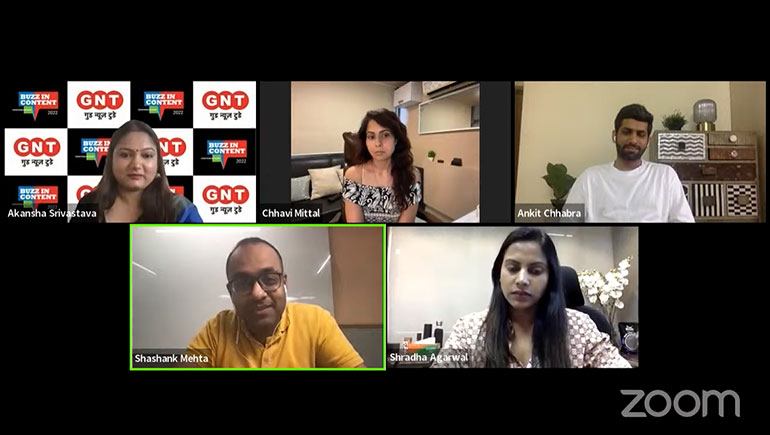
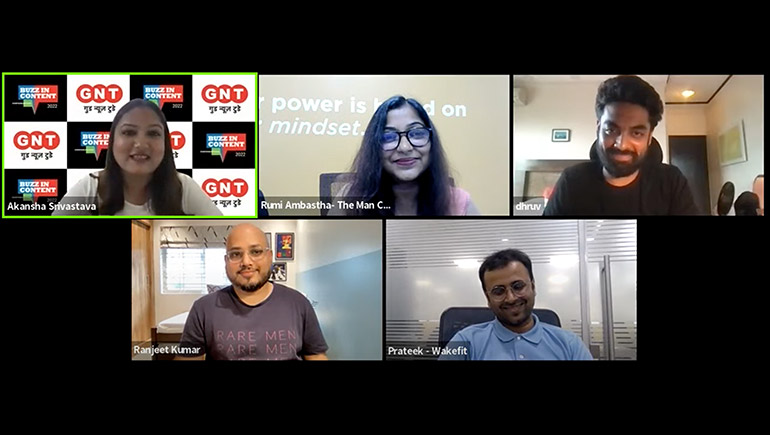
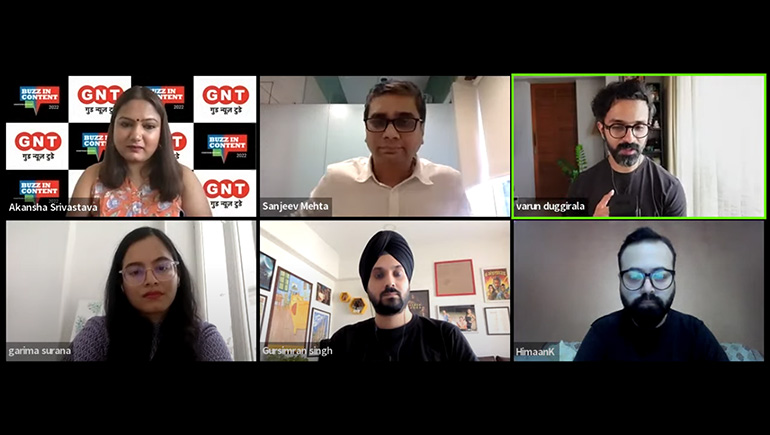
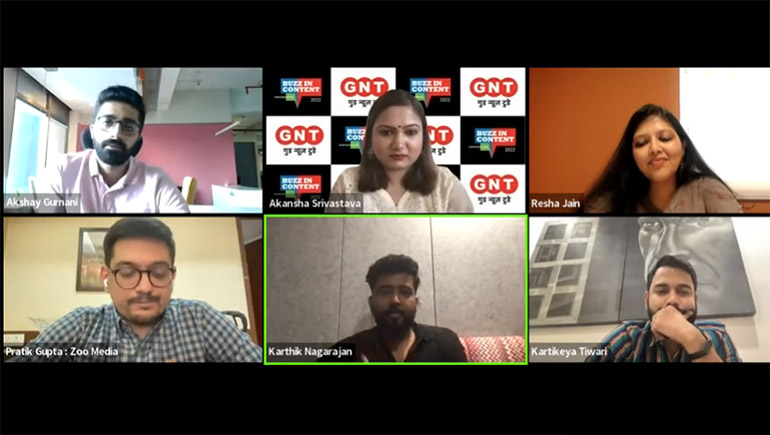
.jpg)
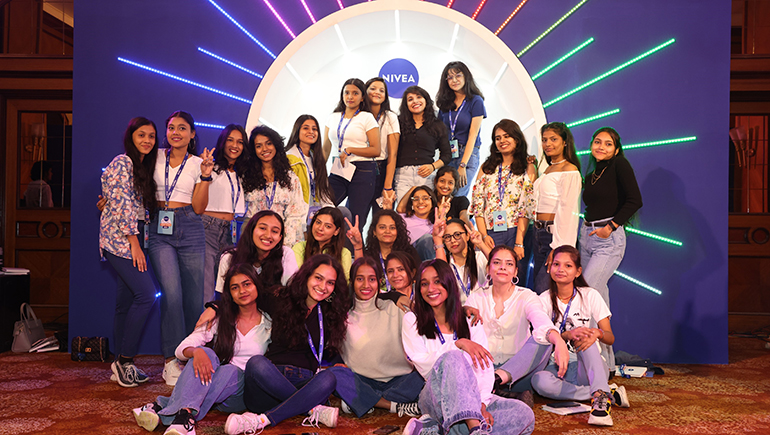


.jpg)




Leave a Comment